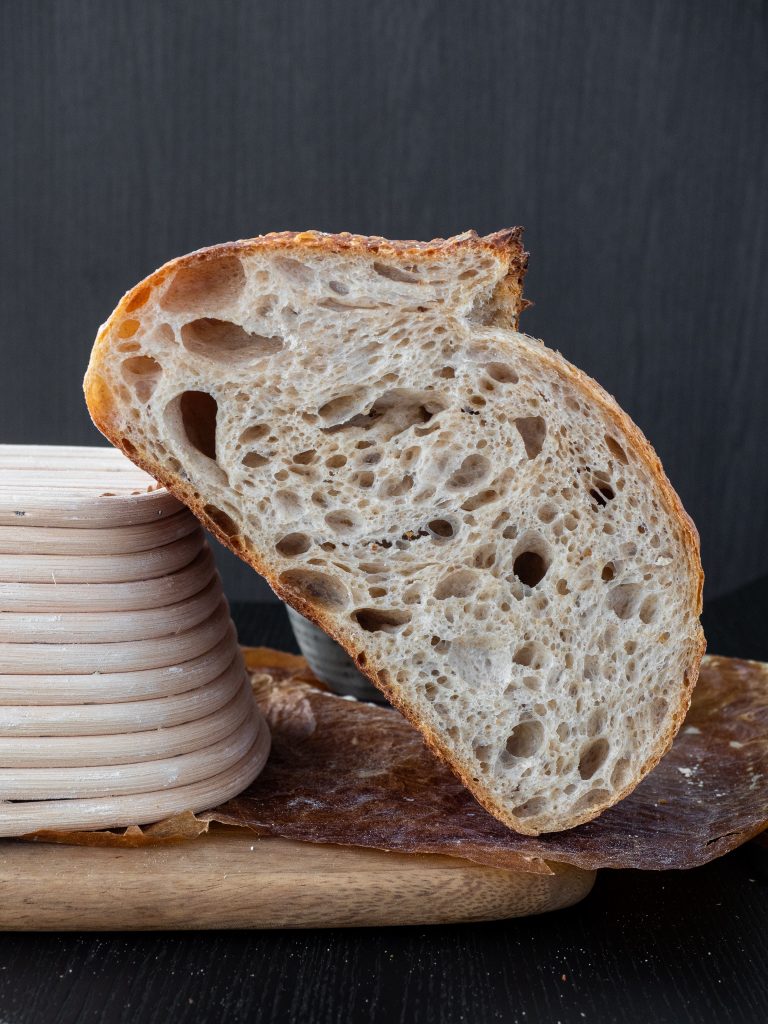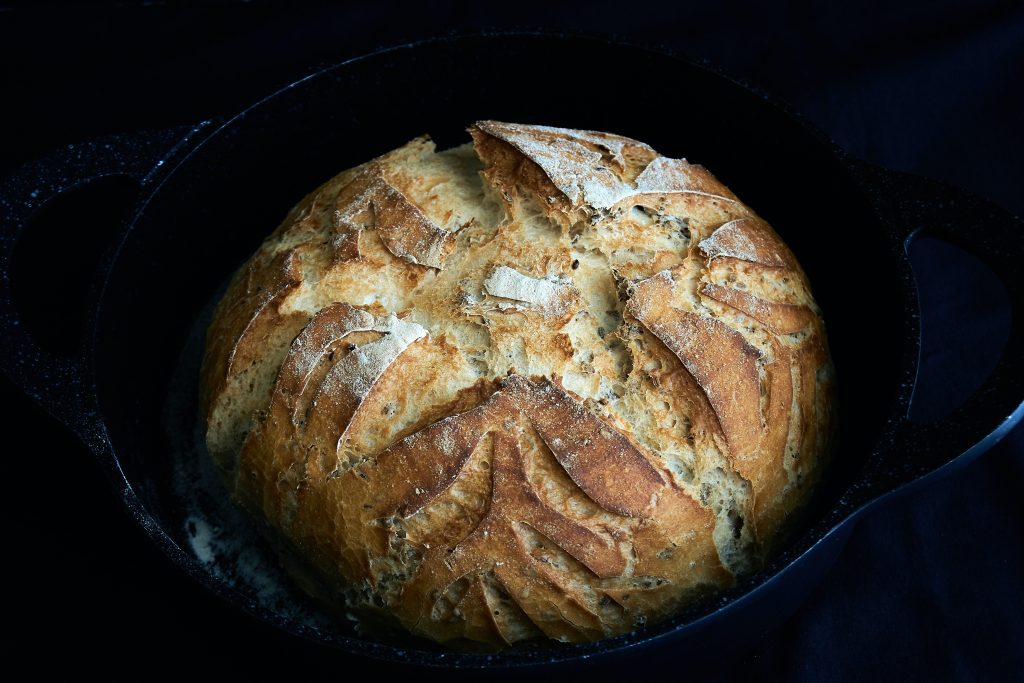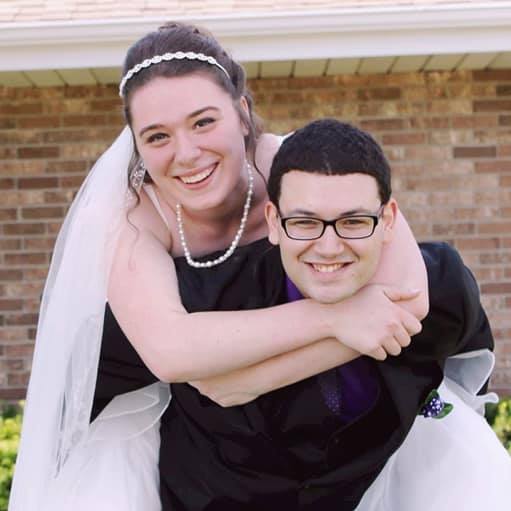Introduction to Sourdough
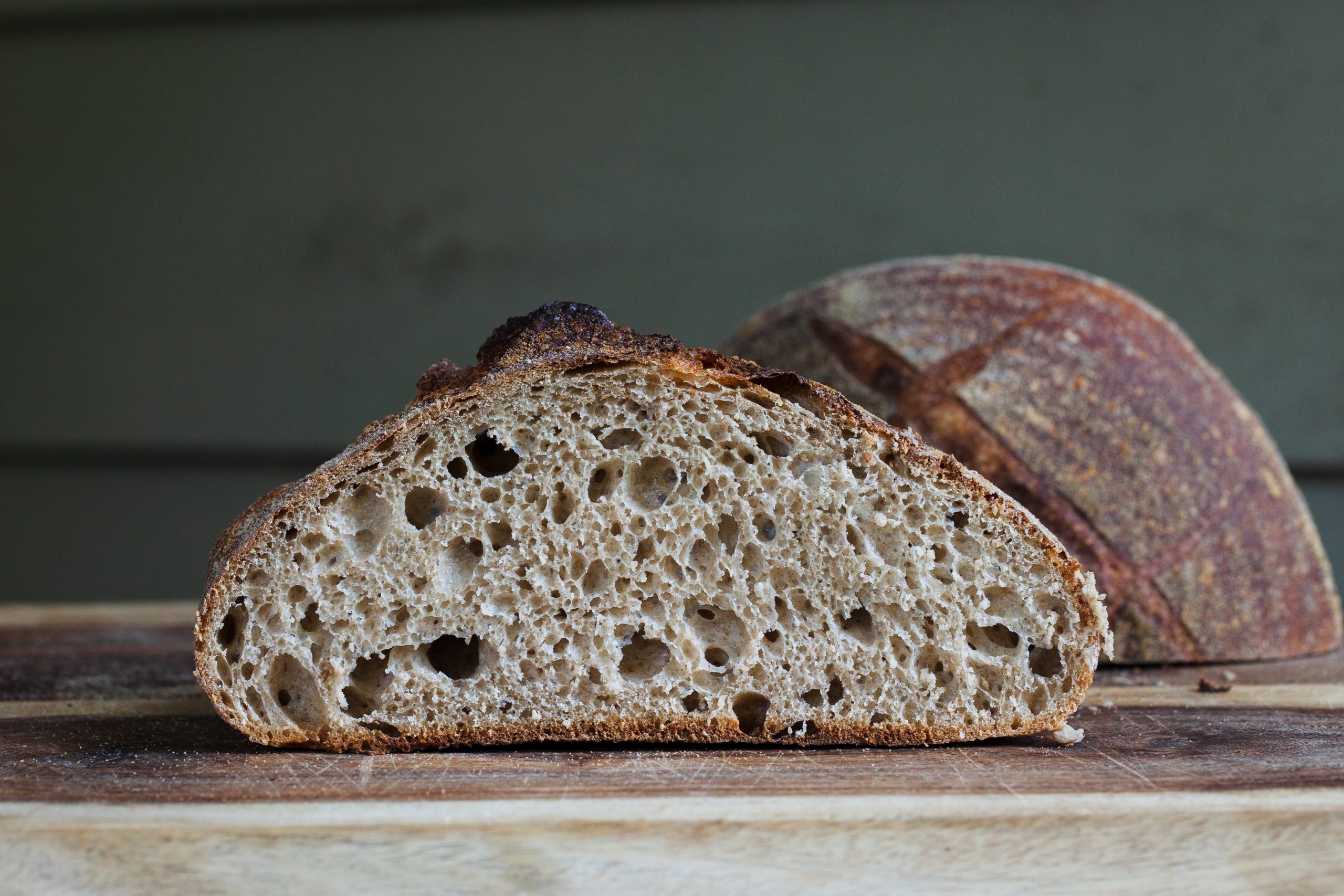
Sourdough is a type of leavened bread that is known for its crusty exterior, airy interior, and tangy flavor. It’s loved by many home bakers, and you can find sourdough bread sold by many artisan bakeries and bread shops. Many big box stores also sell sourdough, but because authentic sourdough takes a very long time to ferment, most of these sourdoughs are not real sourdough. If you want to buy sourdough, it’s best to shop locally and ask the baker if it is real sourdough bread.
The unique thing about sourdough bread is that it does not rely on baker’s yeast to rise. Instead, it is naturally fermented. It uses a starter, a living culture of bacteria and acids made from two simple ingredients: flour and water. During the breadmaking process, the sugars in the bread dough feed the culture, which in turn ferments and cultivates the wild yeasts and bacteria inside of it. This causes the bread to rise.
While crusty sourdough bread is the most common form of sourdough, you can also use sourdough starter in many other recipes. You can use it in various foods from muffins to pancakes to dinner rolls to cookies, and so many more!
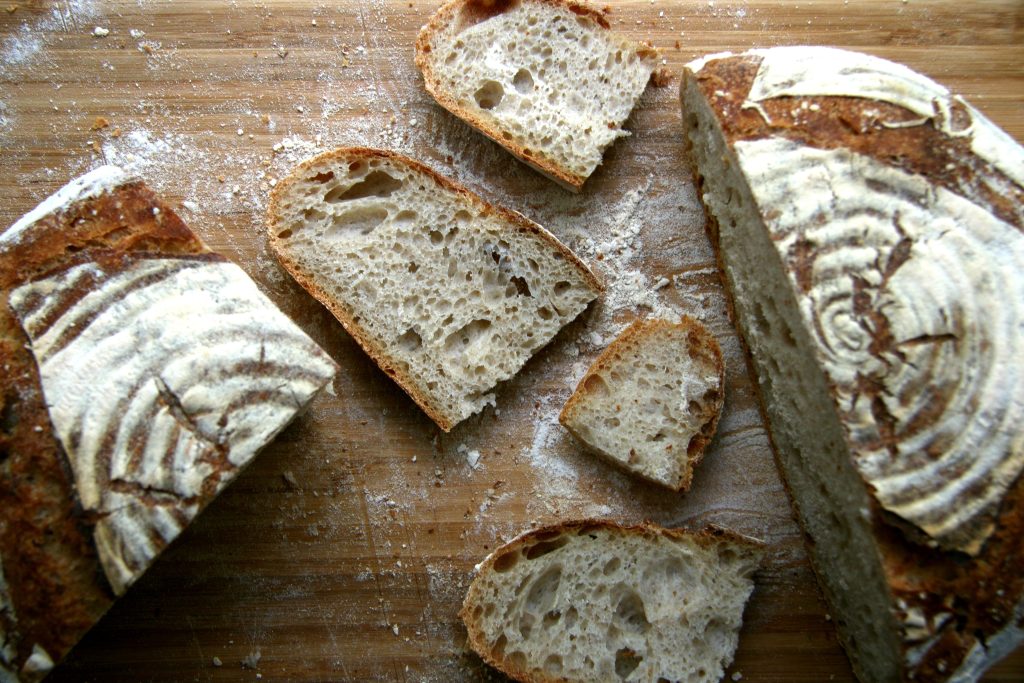
History of Sourdough
The history of sourdough is fascinating. The earliest record we have of a version of sourdough is from Egypt, dated around 1500 BCE. There are a lot of theories surrounding sourdough, but the most common is that it was discovered completely by accident!
In ancient Egypt, beer was brewed often. According to wall paintings that were discovered, it appears that the brewery and the bakery were oftentimes in the same place. Because of this, it’s believed that flour could have combined with the beer and made a more airy loaf of bread, as the wild yeast from the brewing would have caused the bread dough to rise considerably.
From Egypt, the knowledge of sourdough spread to ancient Greece, and then it was picked up by ancient Rome. After that, we see recipes pop up from the 17th century in France. During the American Gold Rush of 1848, French bakers took their sourdough recipes to California, where it just continued to spread.
During the Alaskan Klondike Gold Rush of 1898, sourdough was taken to Alaska and the Yukon, as traditional leavenings, such as yeast, were harder to use due to the colder conditions. It’s rumored that miners and settlers would carry sourdough starter with them everywhere they went, tied in a pouch around their necks or attached to their belts. Some would even sleep with their starter to prevent it from freezing in the cold weather. Because of this, Klondike miners earned the nickname “Sourdough,” and longtime Alaskan residents are still given this name today!
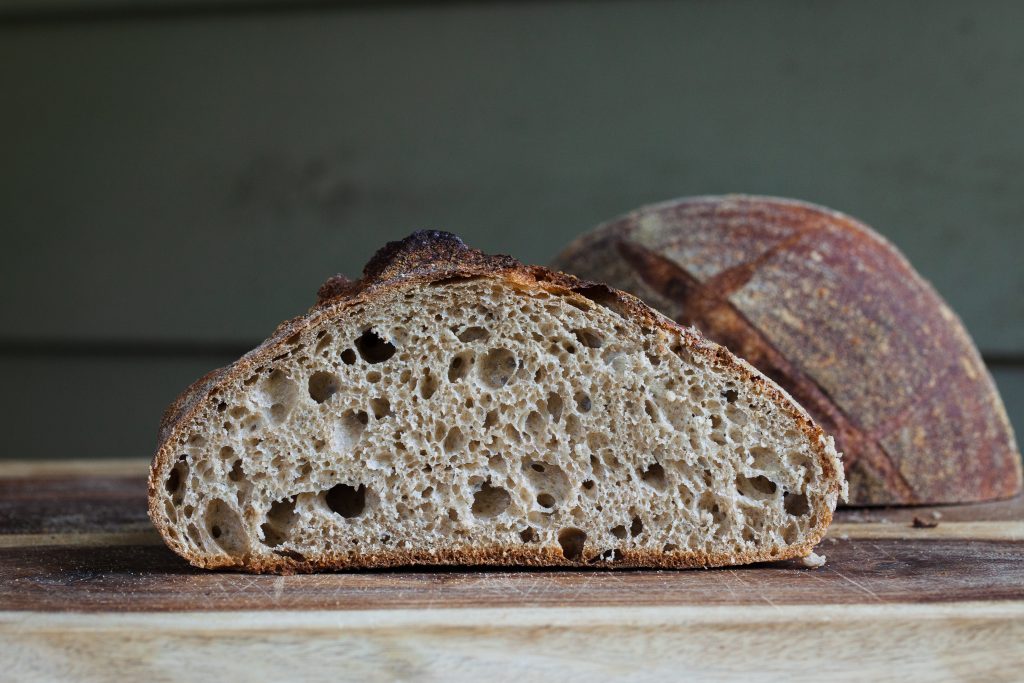
Benefits of Sourdough
Sourdough bread is not only beautiful and delicious, but it’s good for you, too! It has many amazing health benefits, such as aiding in gut health, digestion, and even regulating blood sugar levels!
Gut Health
Because sourdough is fermented, it can have a larger number of prebiotics and probiotics. These help to improve the health of our guts, which is a huge part of our immune system!
Digestion
Sourdough bread is known for helping the digestion of gluten. Being fermented, the enzymes in the wheat are changed, which can help to digest gluten without any adverse reactions to said gluten.
Important Note: Typically sourdough is not gluten-free, so it is crucial that those with a serious gluten intolerance should seek out gluten-free sourdough information and/or speak to their doctors or dieticians before consuming sourdough.
Regulating Blood Sugar Levels
Eating a lot of simple carbohydrates, such as sugar and refined grains, will cause a spike and drop in our blood glucose levels. This can lead to chronic illnesses, such as diabetes. However, when compared to the standard white bread sold in stores, sourdough bread has a lower glycemic index and glycemic load. Whole wheat sourdough bread is full of fiber and can help with this even more.
How to Start a Basic Sourdough Starter
When researching how to start a sourdough starter for the first time, I was overwhelmed by how technical it all seemed. Proper ratios, correct measurements, weighing your starter every day…I almost didn’t even give it a try! In my already busy schedule, I didn’t want another headache to deal with every day!
However, I quickly learned that sourdough starter is an incredibly easy thing to keep alive, and it can be as technical and complicated as you want.
Starting the Starter
To start your sourdough starter, you need only two things: flour and water. Combine equal parts unbleached flour and filtered water. It should have a thick, batter-like consistency. This is the key consistency you want to always keep in mind for your starter, at least while you are getting started.
Keep your sourdough starter in a jar, preferably glass. You want it to be covered, as well, though you do not want it to be airtight. A loose-fitting lid or a cheesecloth secured with a rubber band works great.
Why do you need unbleached flour?
A sourdough starter relies on the natural yeasts and bacteria present in the flour. However, when flour is bleached, much of these yeasts and bacteria are killed. The chemicals in the bleached flour can also damage your sourdough starter, making it unsuitable for a sourdough starter.
Why do you need filtered water?
In many cities, tap water is treated with chlorine which is able to kill your sourdough starter. If your tap water does not contain chlorine, then it should be safe to use.
An alternative to filtered water is to take out the amount of water you need for your starter and leave it on the counter for a few days in an open container. The chlorine will evaporate out of the water then you will be able to use the water for your starter.
Feeding the Starter During the First Week
For the first week of your starter’s life, you are not going to be able to use it. You need to let it ferment and get settled, so to speak. However, you will need to begin feeding it, which means giving it flour and water every day. I tend to work with my starter in the mornings when I’m in the kitchen making coffee. It would also be easy to incorporate into a nightly routine. Whenever you work with your starter, try to get it situated in your daily routine. It will make remembering to feed it much easier.
When feeding during the first week, wait 48 hours after making your starter to feed it the first time. Then, scoop out half or more of the starter and throw it into the trash. This is also known as discard when you remove some of the starter to discard/throw out. Some people feel bad about throwing this out and “wasting it” but you do not want to save any discard at this time due to your starter is not yet established. Discard has a time and a place, there are many uses for discard but right now is not the time.
A good way to think of this is, currently you’re trying to establish the good bacteria, the kind you want, and right now the good bacteria and bad bacteria are fighting it out. As you discard and feed the starter or good bacteria, it is multiplying and gets stronger, beating out the bad bacteria. So you do not want to save this early discard because it’ll have more bad bacteria than good in the beginning.
A way to reduce the amount you’re throwing out is to only keep a little bit of starter, this way you’re only working with a small amount so the amount of flour having to be used and discard thrown out is small. The more starter you have, the more you have to feed it to keep it going. You can’t overfeed your starter, but you can underfeed (which isn’t good). Feed the remaining starter that you have with equal parts flour and water, it should be thick and batter-like consistency.
During this week, you will notice a smell to your starter, and it is bad. My husband said it reminded him of fermenting old gym socks, it was that bad! Don’t worry! This is completely normal, it’s just the good and bad bacteria fighting it out. Continue feeding the starter every single day. By the end of the week, the smell will turn into a light yeasty smell, and that’s when you know that your starter is ready to use! It should also be growing bubbly and active every day, as well!
Feeding and Using the Starter
After this first week, your starter will continue to get more established. Continue feeding daily, as needed. Whenever you do your discard during feedings, this is the part of the sourdough that you can use for sourdough discard recipes. You will not want to use it for recipes that you need to achieve a rise, such as bread, for that you use active starter.
What is Active Starter?
Once established, active sourdough starter is your starter 4-12 hours after you feed it. During this time, the starter bubbles up and will double (or even triple) in size. When it reaches its peak size, it is ready to use in bread and other recipes that you want to have rise well. This starter can be used for all recipes for sourdough, active and discard recipes.
What is Discard?
Discard is exactly what the name implies, it is active starter that we’re discarding. The reason for discarding is to keep the active starter manageable and to keep waste minimal. A measured example (1:1:1) of this would be if you had 100g of starter you would need to feed at least 100g of flour and 100g of water. Day 2: You now have 300g starter so you have to feed 300g flour and 300g water. Day 3: You now have 900g starter, etc. Unless you’re baking every single day and using a lot of starter, this can very quickly become out of control.
Some people choose to never discard, they just mix up (feed) however much active starter they need for whatever they’re making, making sure that there is some leftover to use next time. Some choose to discard, which would either be throwing it in the trash or saving it in a separate container in the fridge, to be used for discard recipes where a rise is not needed. Having a separate discard container can be useful in case something happens to the active starter, such as if it molds, or some other sad event. You could then take some of the discard and start feeding again to produce an active starter, without having to start over.
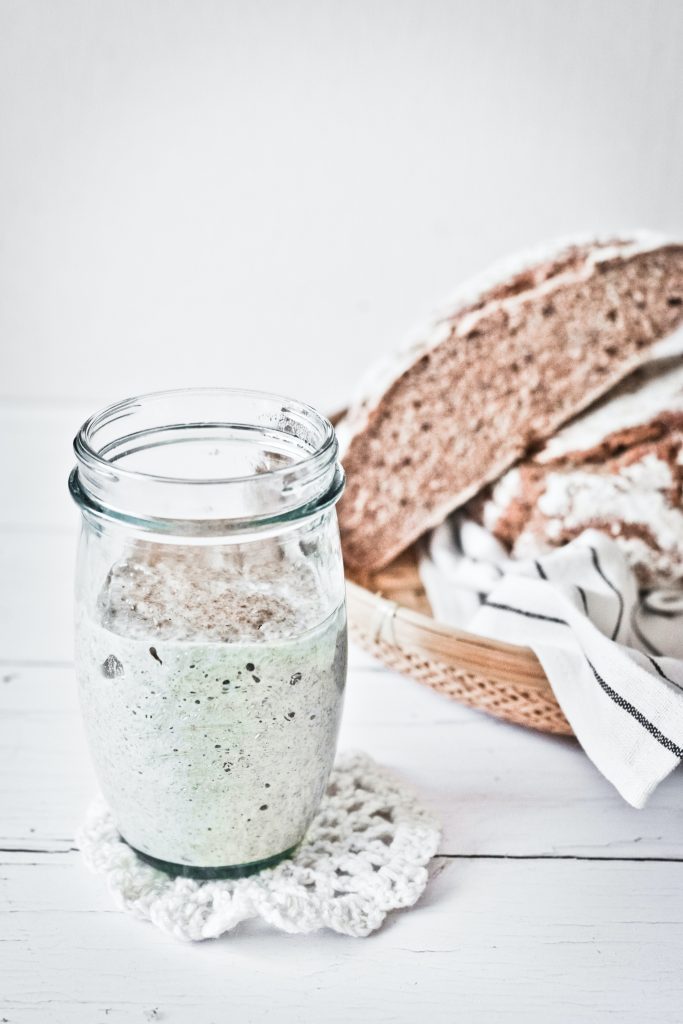
Sourdough Recipes
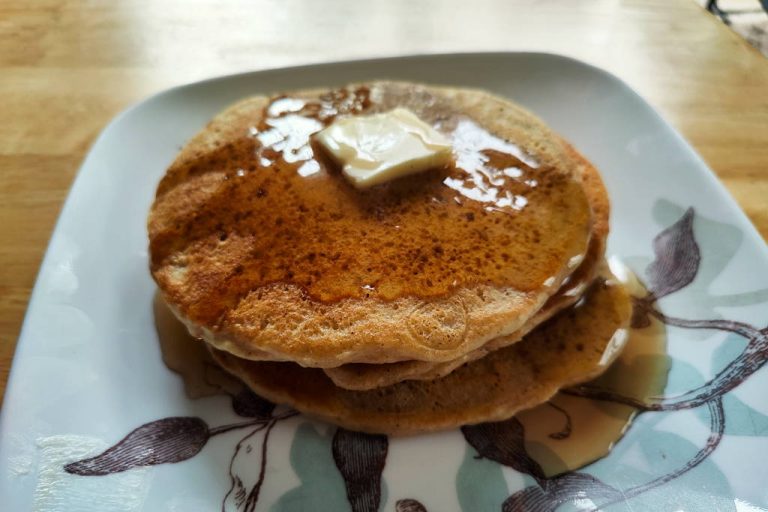
Fluffy Sourdough Pancakes
I love pancakes. I always have, ever since I was a kid. I can remember sitting at my grandma’s kitchen…
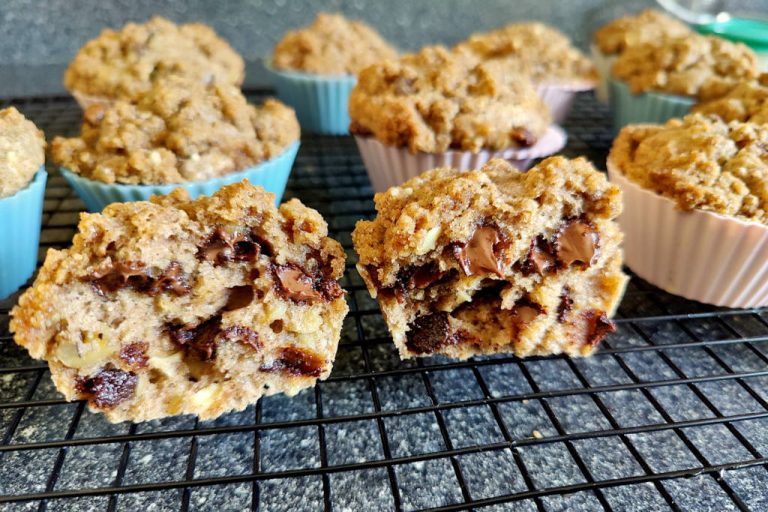
The BEST Sourdough Oatmeal Muffins
They say that breakfast is the most important meal of the day, and that’s probably true. Unfortunately for my husband…
Subscribe
Enjoying our content? Stay up to date on all of our latest posts, subscribe now to receive an email every Friday with our new posts of the week!
